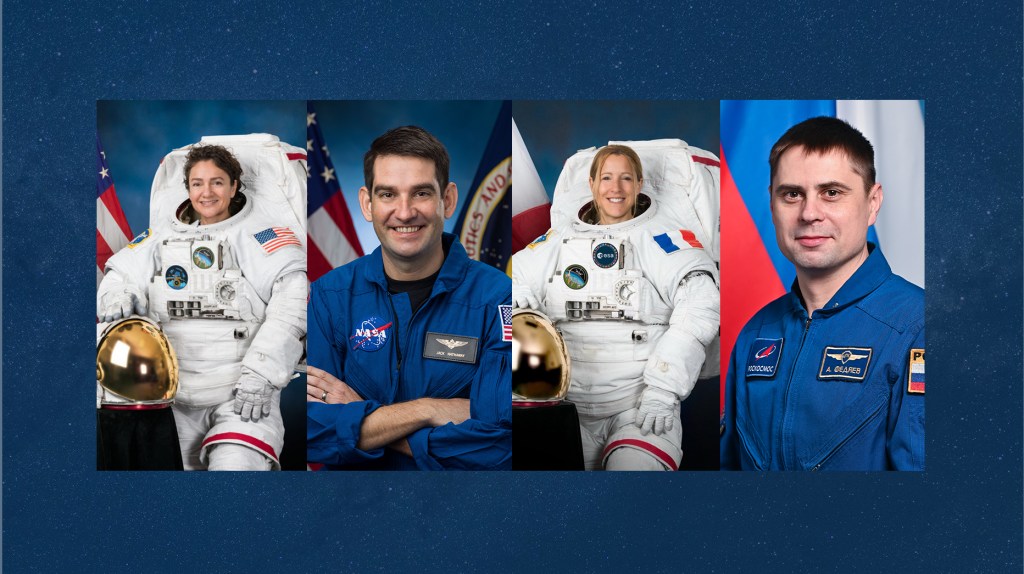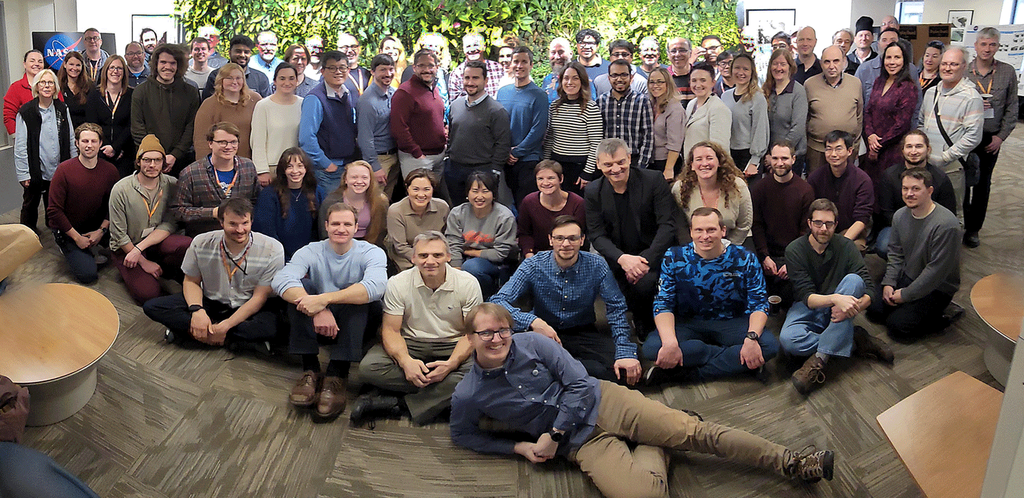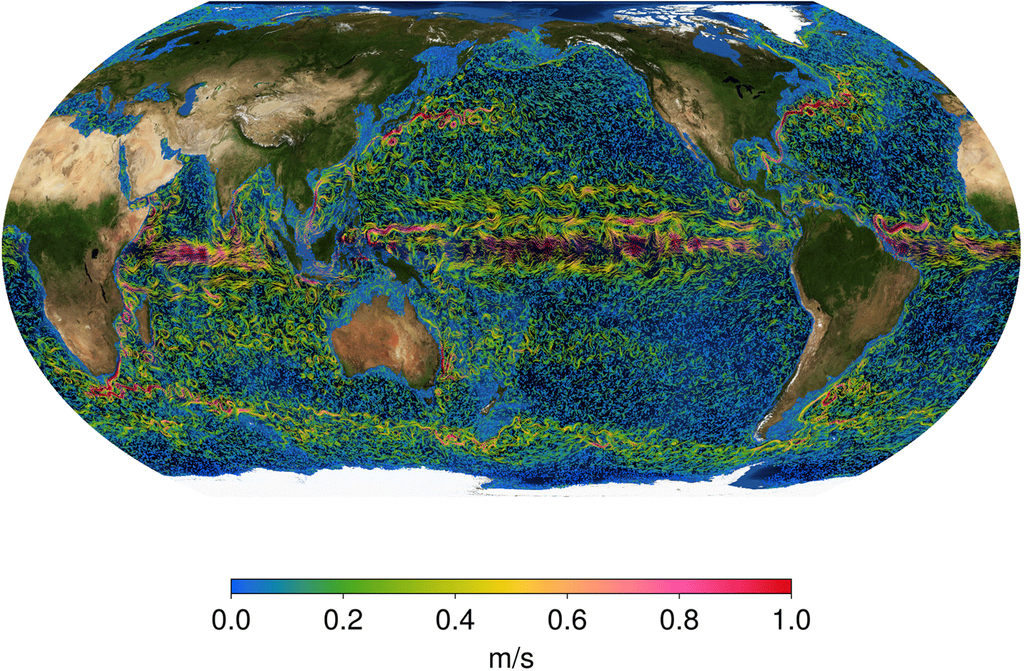Biomolecule Extraction and Sequencing Technology (BEST): The ISS crew began a BEST experiment 1 session. The goal of experiment 1 is to identify bacteria directly from ISS surfaces through the swabbing and subsequent extraction of DNA from the swab using miniPCR. The BEST investigation studies the use of sequencing for identification of unknown microbial organisms …































